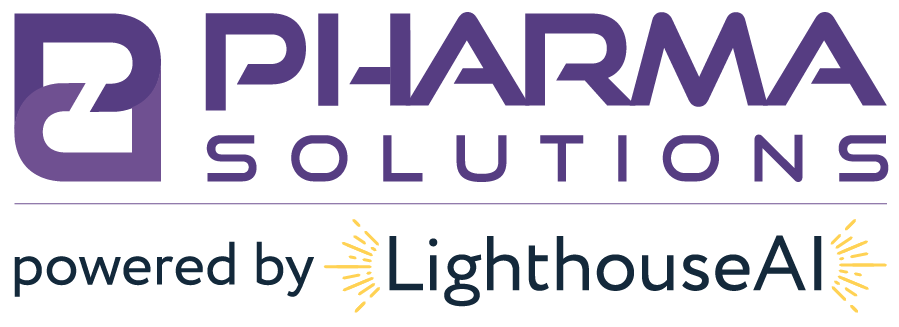Market Viability of Canadian Importation
Background
Drug Importation has been a longtime coming. The law that developed a framework for importation of prescription drugs originally became effective in January 2012 but over 7 years later, not much has been done. In September 2018, Vermont passed bill SB175 which had specific challenges: DSCSA compliance, diversion, manufacturer tactics, politics, quality concerns, relabeling costs, just to name a few.
Action Plan Pathways
But with the current political climate, anything might happen if it polls well. President Trump, HHS Secretary Azar, and Acting FDA Commissioner Sharpless together published a new Safe Importation Action Plan for importation of certain prescription drugs. The Action Plan outlines two possible pathways:
-
- Pathway 1 would have states, wholesalers, or pharmacists submit plans for demonstration projects for HHS to review outlining how they would import Health-Canada approved drugs that are in compliance with section 505 of the FD&C Act. The importation would occur in a manner that adequately assures the drug is what it should be and that it meets the cost requirements of the rule-making. The demonstration projects would be time-limited and require regular reporting to ensure safety and cost conditions are being met.
- Pathway 2would have manufacturers circumvent their current distribution contracts by allowing them to create new National Drug Codes for import versions of FDA-approved drug products that they sell in foreign countries that are the same as the U.S. versions. FDA would allow the drug to be labeled for sale in the U.S. (potentially with labeling that identifies the product as originally manufactured for sale abroad) and imported pursuant to section 801(d) of the FD&C Act under the existing approval for the U.S. approved version.
Pathway 2 has limited viability because:
- Manufacturers already have complete control over their market pricing in Canada versus the U.S.
- Manufacturers are the farthest removed from the patient (wholesalers, pharmacies, and PBM/payors are between the two)
- Manufacturers are inherently trying to raise pricing and their bottom-line, especially with extensive and current external factors creating downward pressure on their profitability
Pathway 1, however, is a viable option because it will circumvent the traditional supply chain (manufacturer → major distributor (i.e. the Big 3) → pharmacy → patient).
A Canadian wholesaler or pharmacy can actually take advantage of the price differences in Canada because it would have access to prices the manufacturer set for the Canadian market whereas Pathway 2 would require a manufacturer to sell the same product that it is already selling in the U.S. but for a lower price. The access to drugs with Canadian market pricing that a Canadian wholesaler or pharmacy will be in spite of manufacturer desires, because manufacturers want to keep their pricing high.
The commercial considerations, i.e. manufacturer contracts limiting product for resale, are crucial as they will significantly hinder access to the product which will be imported.
Pharma Solutions has first-hand experience on how a state agency, in conjunction with Canadian and U.S. entities, have begun to develop their respective programs. If your company is making a presentation to a state program for Canadian drug importation, Pharma Solutions can provide administrative and consulting solutions specific to compliance and commercial requirements of the U.S. market.




0 Comments